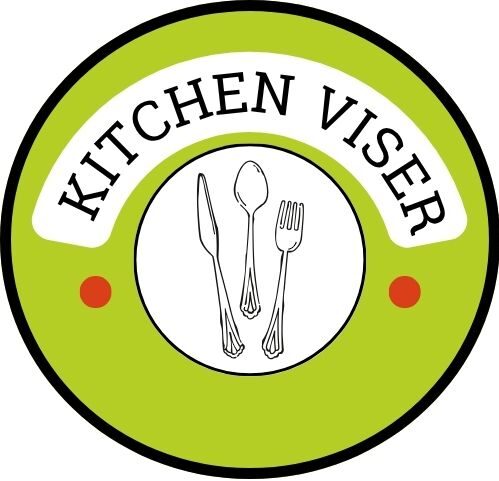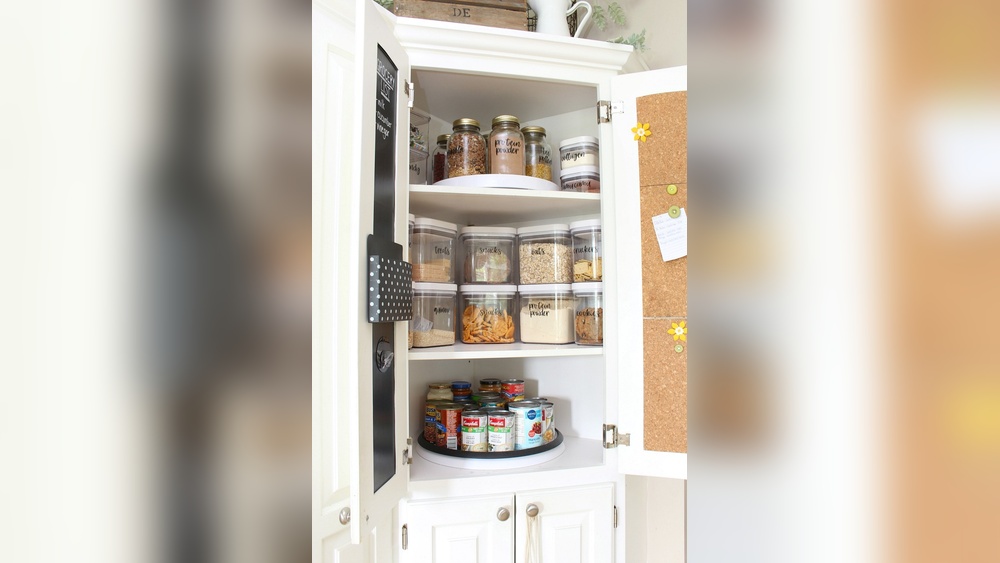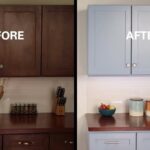Are your kitchen cabinets a constant source of frustration? You open a door only to find a jumble of mismatched items, struggling to locate what you need.
Imagine opening your cabinets and instantly spotting everything you want—no digging, no mess. Organizing your kitchen cabinets isn’t just about tidiness; it’s about making your daily cooking and cleaning easier and more enjoyable. You’ll discover simple, practical steps to transform your cluttered cabinets into a streamlined, efficient space.
Ready to take control of your kitchen and save time every day? Let’s dive into how you can organize your kitchen cabinets like a pro.
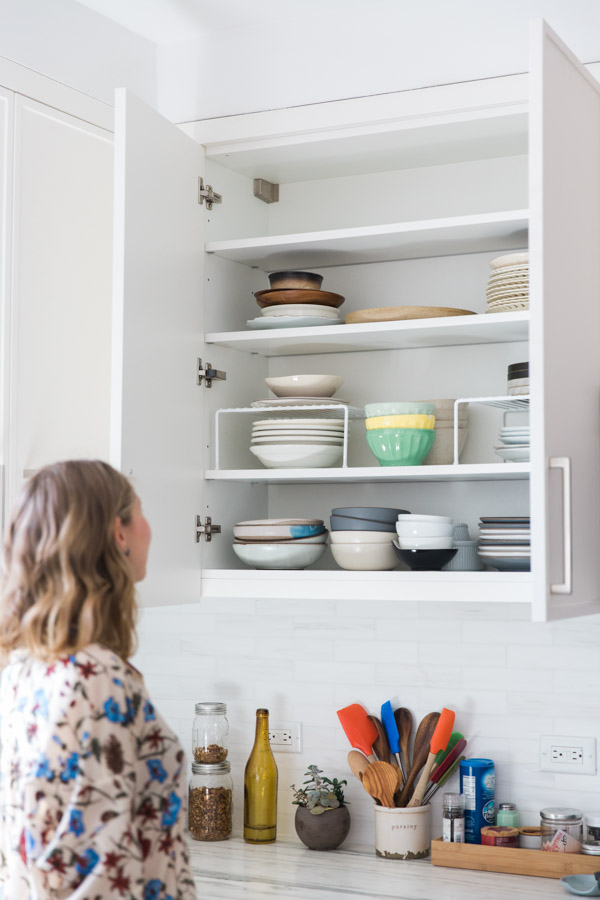
Clear And Declutter
Start by emptying all cabinets. Take everything out to see what you have. This helps to clear the space and find unused or expired items. Sort items into three piles: keep, donate, and throw away.
Remove all unused items to free up space. If you have not used something in months, it is better to get rid of it. Keeping only what you use makes your kitchen easier to organize and clean.
Sort And Group Items
Sort kitchenware by type: plates, pots, cups, and utensils. Group items used together in one place. Keep baking tools near mixing bowls.
Create zones for cooking, baking, and cleaning. Store pots and pans close to the stove. Place cutting boards and knives near prep areas.
Keep daily use items at eye level for easy reach. Store rarely used items on higher shelves. Use clear containers to see contents quickly.
Prioritize Accessibility
Daily use items should be stored front and center. This keeps them easy to grab quickly. Place plates, cups, and snacks where you reach them first.
Cooking tools like spatulas and spoons belong near the stove. Use a container or drawer close to your cooking area. This saves time and keeps counters clear.
Pantry and food storage need their own space. Group canned goods, dry foods, and spices together. Keep these items in cabinets or shelves away from daily dishes.
:strip_icc()/kitchen-pantry-snacks-c2bb5c24-7b13dec53fc446c8ad1ae36763639f30.jpg)
Maximize Cabinet Space
Stack similar items like plates and bowls to save space. Nest smaller bowls inside bigger ones for a tidy look. Use shelf risers to create extra levels inside cabinets. This helps store more without cluttering.
Dividers keep baking sheets, cutting boards, and trays upright. This makes them easier to grab and prevents damage. Containers and baskets group small items like snacks or spices. Label baskets for quick identification.
| Method | Benefit |
|---|---|
| Stack and Nest | Maximizes vertical space and reduces clutter |
| Shelf Risers and Dividers | Creates extra storage levels and keeps items organized |
| Containers and Baskets | Keeps small items grouped and easy to find |
Utilize Cabinet Doors
Install racks and hooks on the inside of cabinet doors. These hold small tools, lids, or cleaning supplies. It frees up shelf space and keeps items easy to find.
Use hooks for hanging measuring spoons, pot holders, or small baskets. This keeps things organized and accessible without cluttering shelves.
Store small items vertically in containers or trays. This saves space and lets you see everything at a glance. Vertical storage works well for cutting boards, baking sheets, or plastic lids.
Arranging items this way maximizes every inch of cabinet space. It also helps keep your kitchen tidy and functional.
Maintain Neatness
Regularly check your cabinets to remove items you no longer use. Keep only what you need and use often. This helps avoid clutter and makes space for new things.
Keep zones consistent by storing similar items together. For example, place all baking supplies in one cabinet and cooking tools in another. This saves time and makes it easier to find what you need.
Use the same zones every time you organize. This creates a habit and keeps your kitchen neat and tidy.
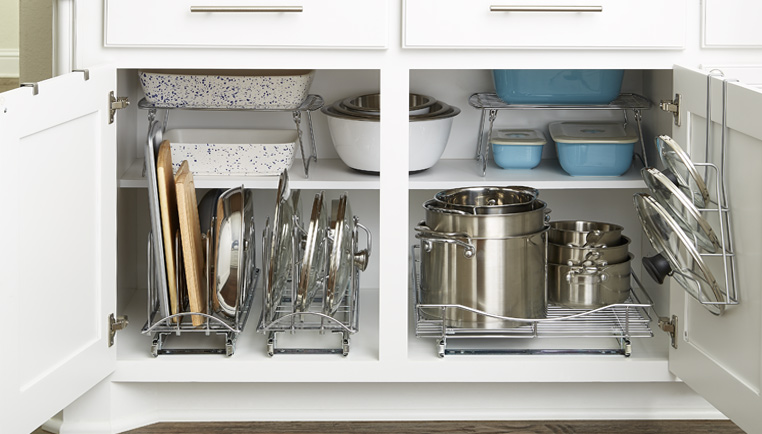
Frequently Asked Questions
How Do You Decide Where To Put Things In Kitchen Cabinets?
Place frequently used items in easy-to-reach cabinets near work areas. Store less-used items higher or farther back. Group similar items together and use organizers to maximize space. Keep cooking tools near the stove and daily dishes near the sink for efficiency.
How Are Kitchen Cabinets Supposed To Be Organized?
Organize kitchen cabinets by grouping items into zones based on use. Store daily items in easy-to-reach spots. Place cookware near the stove. Keep less-used items higher or further back. Use dividers, risers, and canisters to maximize space and maintain order.
What Kitchen Cabinet Color Is Outdated?
Outdated kitchen cabinet colors include navy, cherry wood, mustard yellow, and country red. These colors often appear dated or overly themed. Choose softer neutrals, natural wood tones, or muted rich shades for a timeless and modern kitchen look.
What Are The 9 Steps In Organizing A Kitchen Cabinet?
Empty all cabinets to start with a clean space. Declutter unused items. Group similar items by category. Create zones based on frequency of use. Store daily items in easy-to-reach spots. Place cooking tools near the stove. Keep pantry items in designated areas.
Use storage solutions to maximize space. Maintain neatness regularly.
Conclusion
Organizing kitchen cabinets makes cooking and cleaning easier every day. Start by clearing out all items and sorting them carefully. Place frequently used things where you can reach them fast. Store less-used items higher or at the back of cabinets.
Use shelves, dividers, and containers to save space and keep order. Small changes create a big difference in kitchen flow. Keep your cabinets tidy and enjoy a more functional kitchen. Simple steps lead to lasting results anyone can follow.

Yes, working as , Food Blogger and Product Reviewer for last 6 years. Here you will get amazing deals for Smart kitchen products. I am your best source for the latest update in cooking trends. I provide insightful articles, reviews, and analysis on cutting-edge kitchen gadget. My mission is to empower readers with the knowledge they need to stay ahead in a rapidly evolving coking world. Join me as we explore the future of food technology and how it shapes our lives today and tomorrow.
